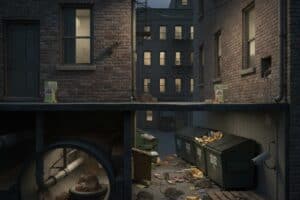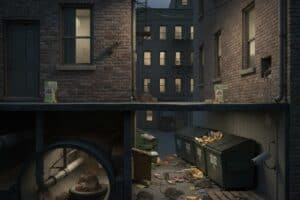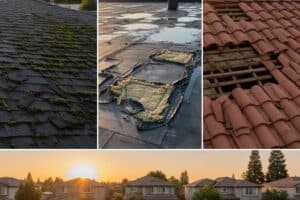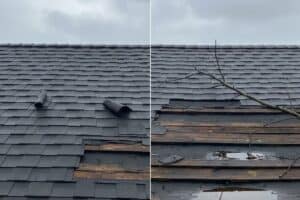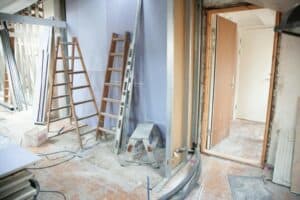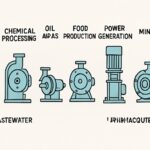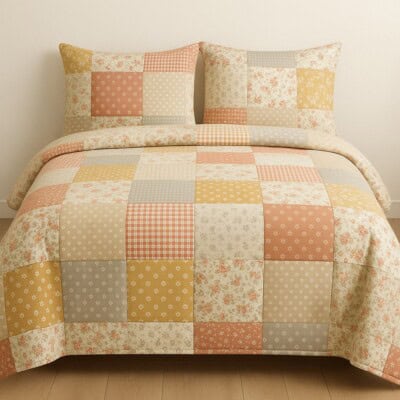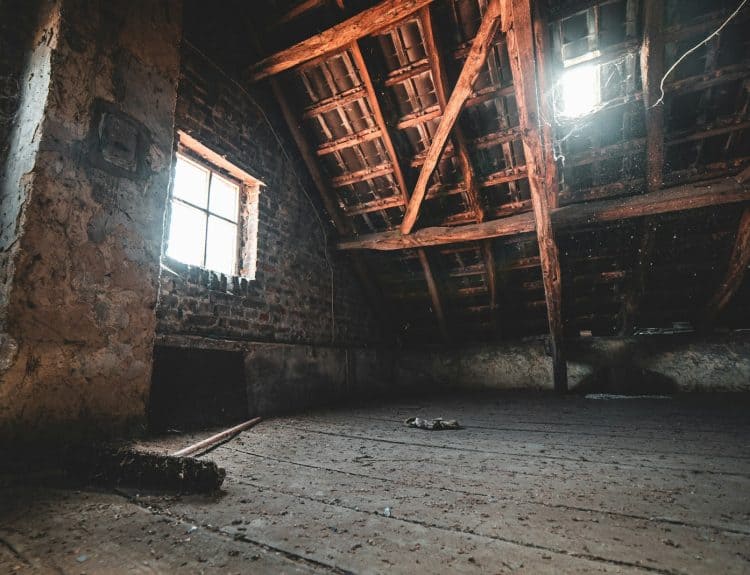Renovating an older home is a unique kind of challenge. Unlike modern builds, older houses come with quirks — wonky walls, outdated wiring, layers of paint over unknown surfaces — and surprises behind nearly every corner. It’s easy to underestimate how much extra time and effort is involved until you’re knee-deep in dust and second-guessing everything.
Having the right tools from the start makes a world of difference. Instead of constantly pausing to source better gear or fix preventable mistakes, you can work smarter and stay focused. And in many cases, basic tools won’t cut it. For example, a sturdy heavy-duty scaffold becomes essential when you’re dealing with high ceilings, cracked cornices, or multi-day paint jobs that can’t be done from a step ladder alone.
If you’re planning to tackle a renovation on an older property, here are some tools and equipment that will make your life easier — and your project run much more smoothly.
Reliable Lighting for Shadowy Spaces
Older homes often have poor natural light and minimal overhead fixtures — especially if you’re stripping things back before new lights go in. Portable LED work lights are a must-have. They illuminate awkward areas, boost your accuracy, and help reduce eye strain when you’re working long hours.
Look for:
- Adjustable brightness levels
- Battery-powered or rechargeable options
- Sturdy bases or hooks for hands-free use
Without proper lighting, even simple tasks can become difficult and prone to errors.
Stud Finders and Wall Scanners
Plaster walls, hidden pipes, and mystery wiring are common in older houses. A standard stud finder might not pick up what’s lurking behind your walls. Advanced wall scanners that detect both metal and live wires can help prevent costly accidents — and keep you from drilling into something you really shouldn’t.
These tools are especially useful if:
- You’re hanging shelves or cabinetry
- You’re opening up walls or removing fixtures
- You’re unsure what’s behind a surface
It’s a small investment for a big dose of peace of mind.
Dust Protection for You and Your Home
Renovation dust gets everywhere — and older homes often hide lead paint, asbestos, or other irritants beneath the surface. Don’t skimp on protection.
Essentials include:
- Proper masks or respirators
- Zip-wall barriers or plastic sheeting to contain debris
- Painter’s tape to seal off vents and doorways
- Drop sheets to protect flooring and furniture
A good dust setup keeps your air cleaner, your clean-up easier, and your renovation safer for everyone involved.
A Moisture Meter (Yes, Really)
You won’t find this on most DIY lists, but it’s a game-changer in older homes. Water damage can be hidden behind walls, under floors, or around windows — and proceeding without checking for moisture can lead to warped materials or wasted effort.
Use a handheld moisture meter to check:
- Timber floors and wall frames
- Areas around old bathrooms or kitchens
- Basement corners or under window sills
If you find damp spots, it’s better to stop and fix the issue before continuing with your plans.
Impact Drivers (Not Just Drills)
Standard drills have their limits. When you’re working with dense timber, aged nails, or weathered surfaces, an impact driver gives you more torque with less effort — and fewer stripped screws.
Great for:
- Removing old hardware or fixtures
- Installing new decking or subframes
- Working in tight or awkward spots where precision matters
Once you try one, you’ll likely never go back to a basic drill for heavy-duty tasks.
High-Quality Sealant Tools
With old homes, sealing gaps and joints isn’t optional — it’s essential. Temperature changes, age, and movement all contribute to cracking and shifting. A reliable caulking gun, quality sealant, and smoothing tools will help you:
- Re-seal windows and doors
- Fill cracks between old walls and new fittings
- Protect your finishes from moisture and draughts
Good prep and sealing work can make a rough old space look professionally finished.
Safety Gear You’ll Actually Wear
We’ve all been tempted to skip safety glasses or gloves “just for a quick job.” But older homes are unpredictable — a single rusty nail, splintered floorboard, or snapped timber can send you to urgent care.
Don’t settle for cheap PPE. Get gear that’s:
- Comfortable enough to wear all day
- Durable enough to last through the whole project
- Easy to clean and reuse
That includes safety glasses, gloves, steel-capped boots, and hearing protection if you’re working with power tools.
A Better Extension Cord (Seriously)
It sounds minor, but a proper outdoor-grade extension cord — with a long reach and multiple outlets — makes it so much easier to move between rooms, use multiple tools, and avoid tangled messes. Bonus points if it comes with a reel or cord management system.
Older homes often have limited or poorly placed outlets, so planning ahead here makes a surprising difference.
Renovating an older home takes patience, planning, and the right gear. The unique character of these properties is what makes them so special — but it also adds complexity that first-time renovators often underestimate.
From reliable lighting and safety gear to specialist tools like wall scanners and moisture meters, the right equipment can take your project from chaotic to manageable. And if you’re standing on top of rickety ladders trying to paint a ceiling or patch an old cornice, don’t wait until something wobbles — get the gear that makes your work easier and safer from day one.
With preparation and the right tools on hand, you can tackle even the trickiest reno jobs with confidence — and maybe even enjoy the process a little more along the way.
